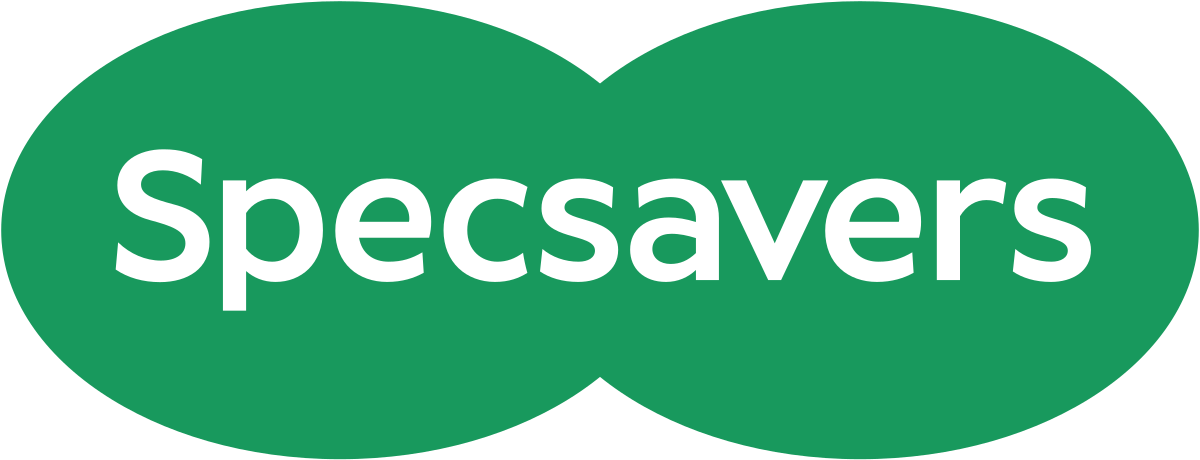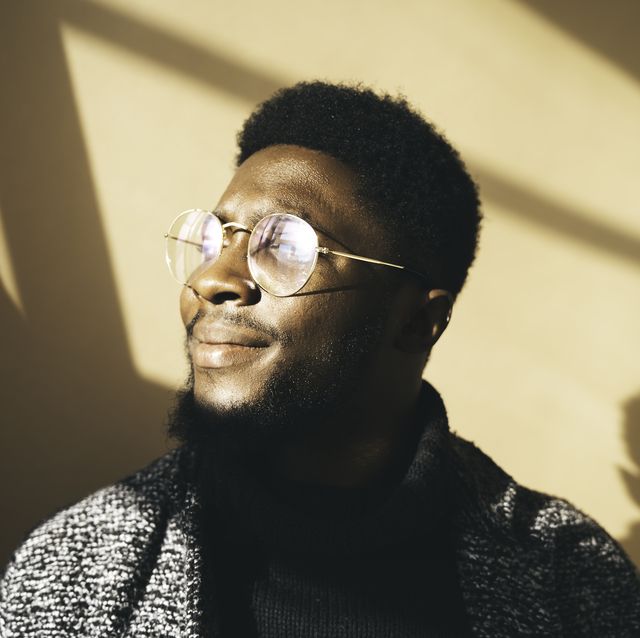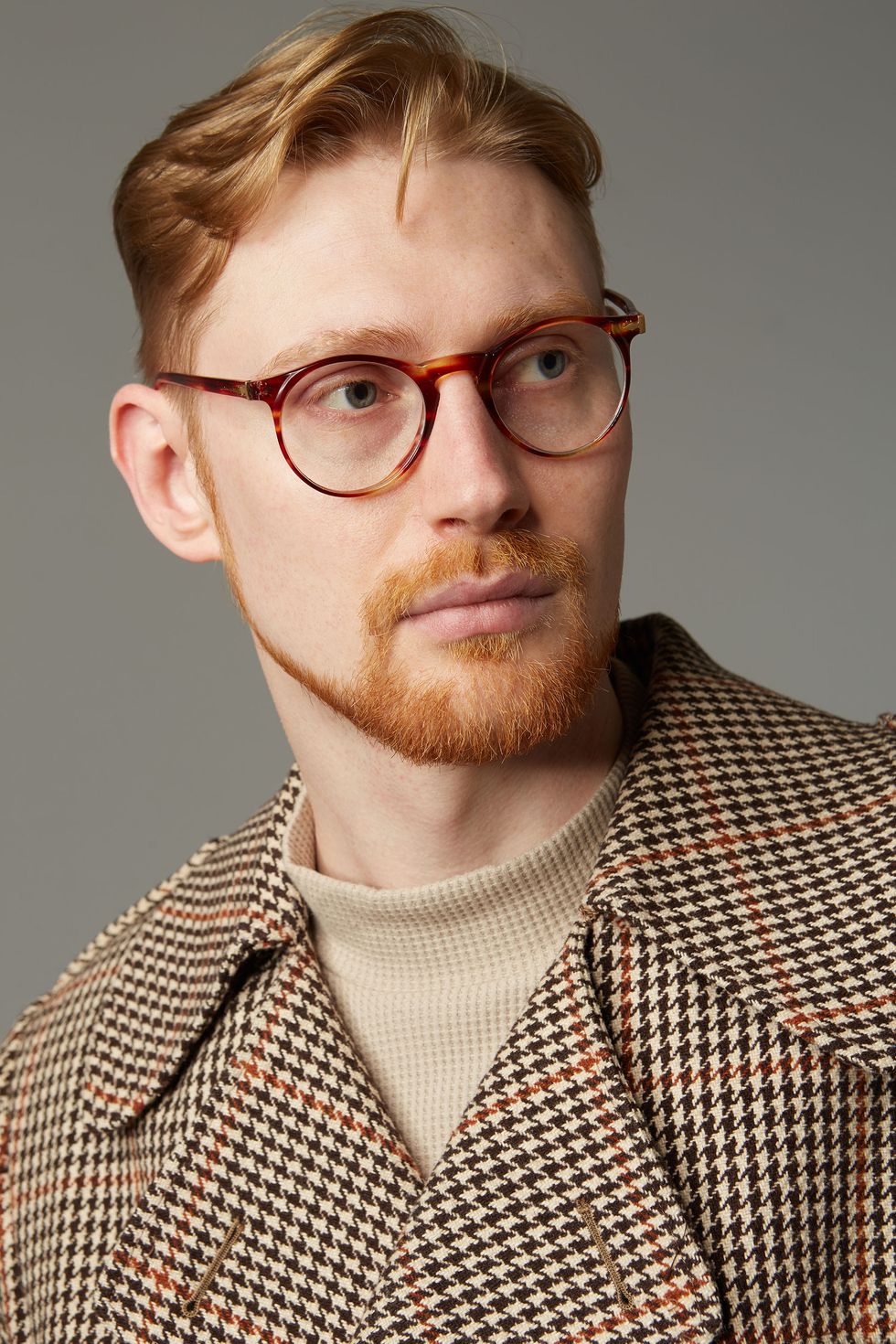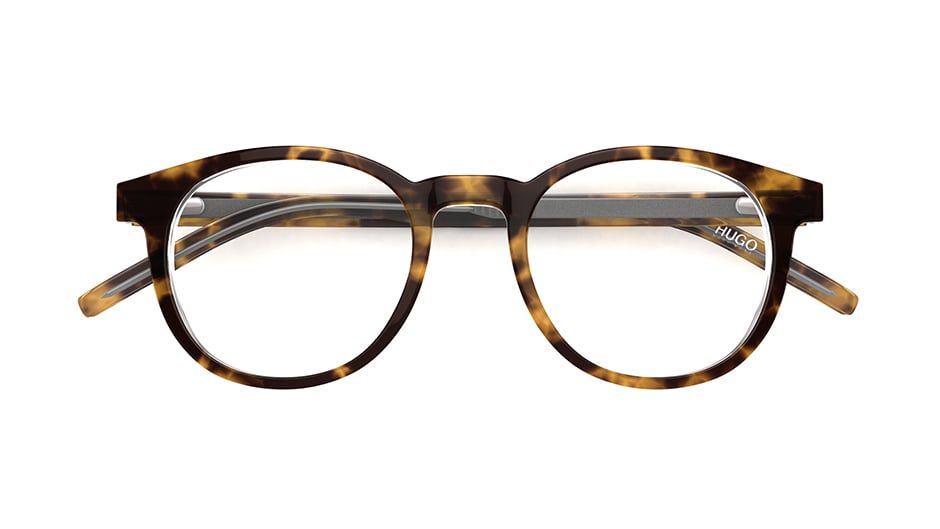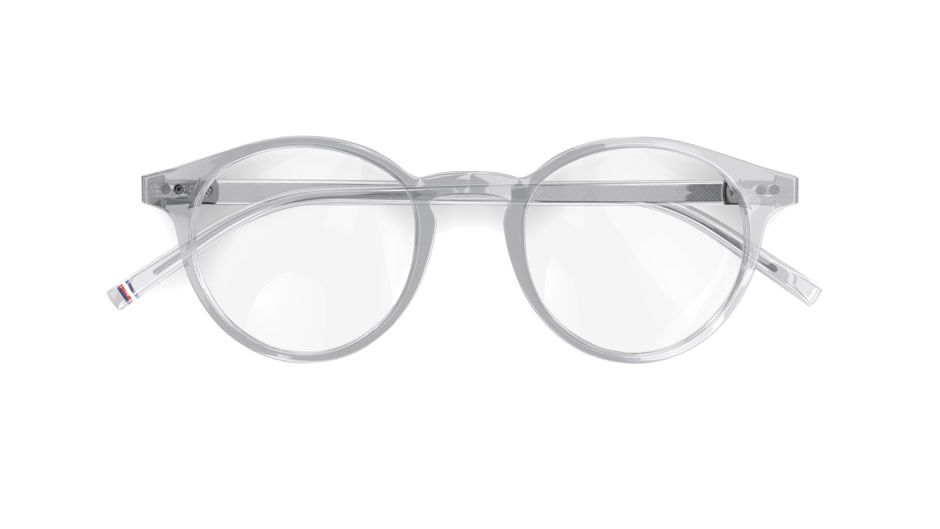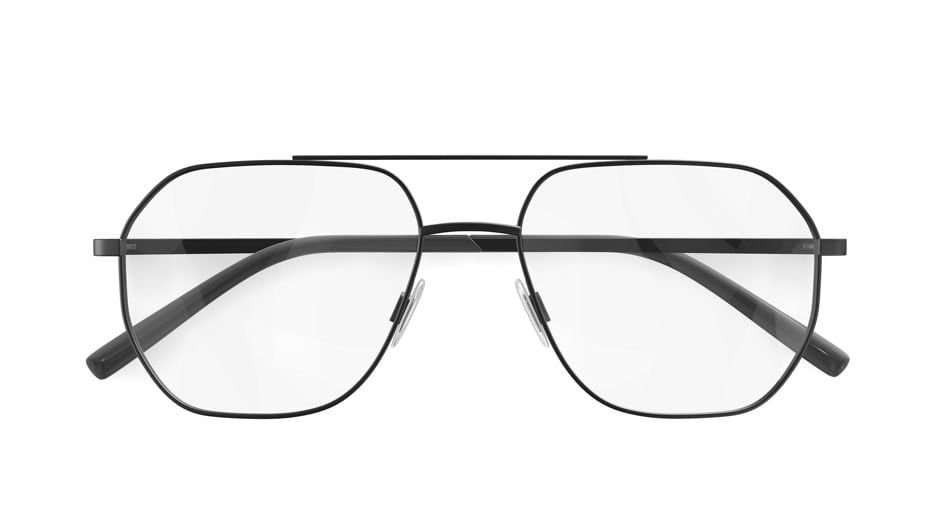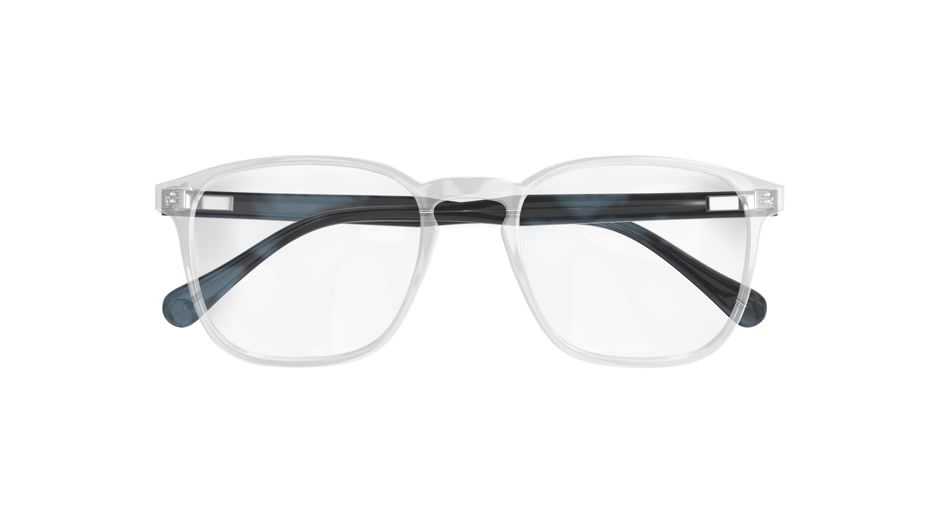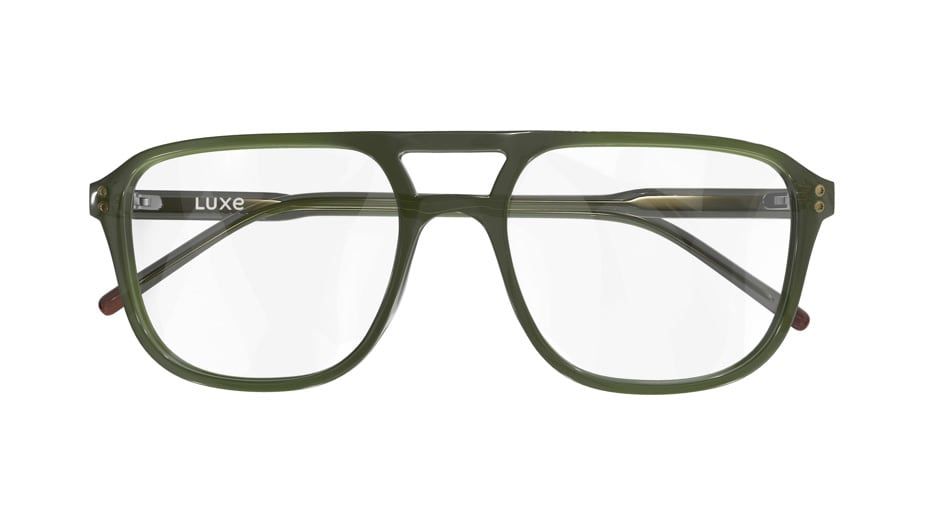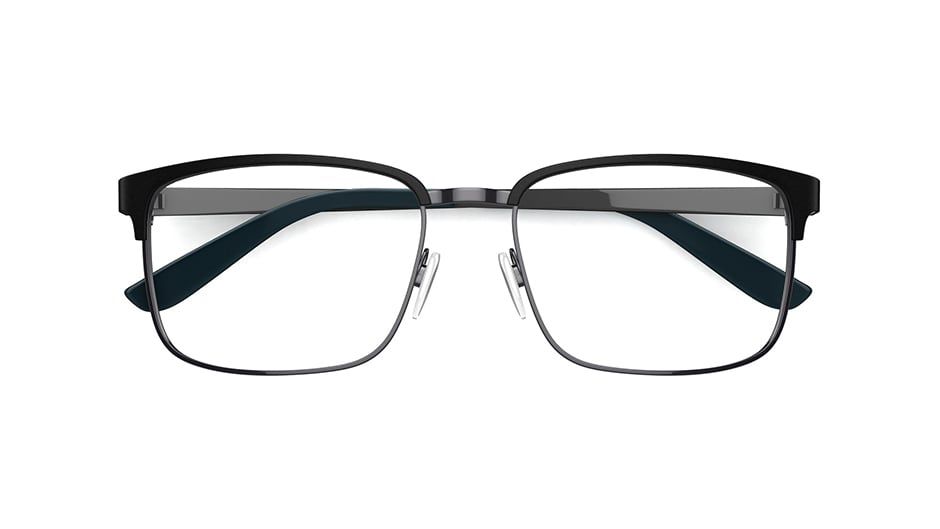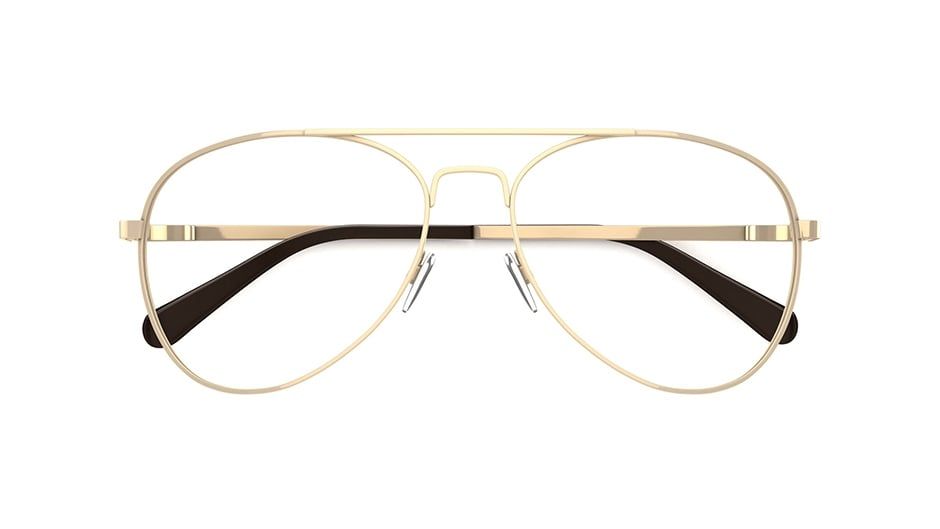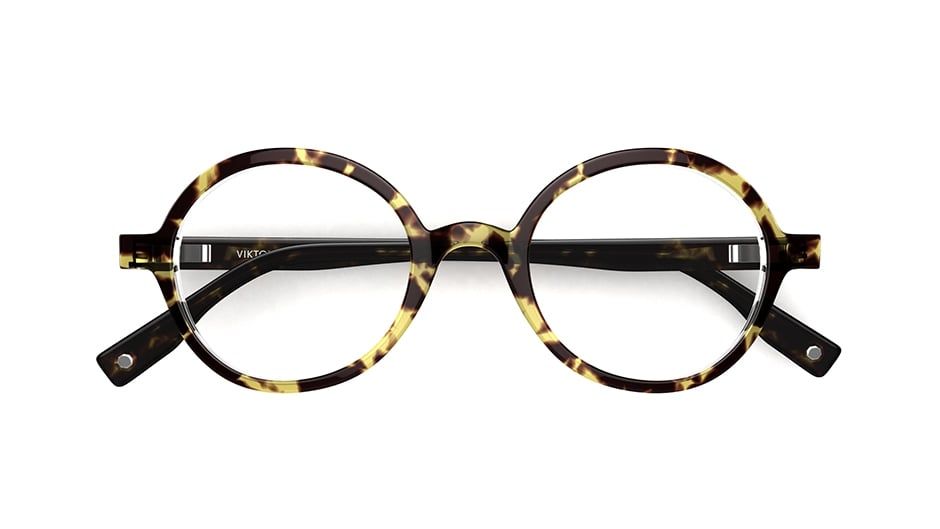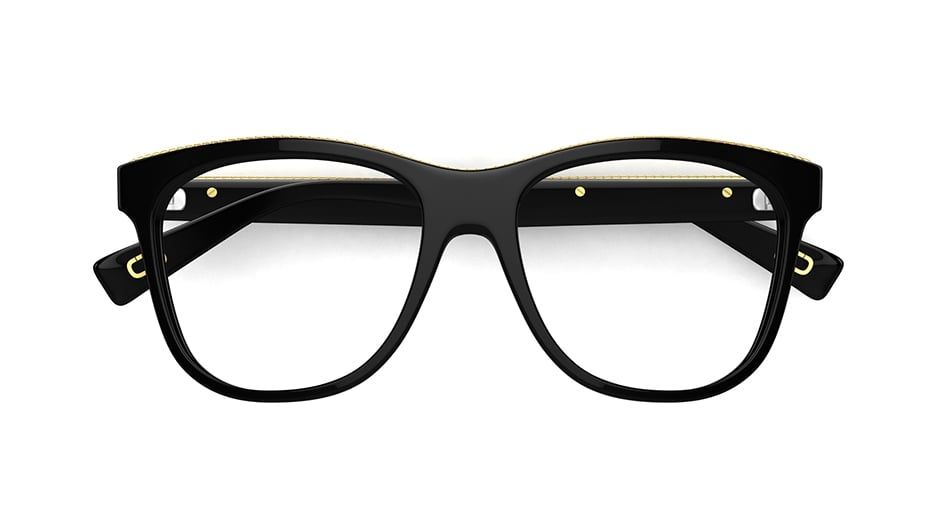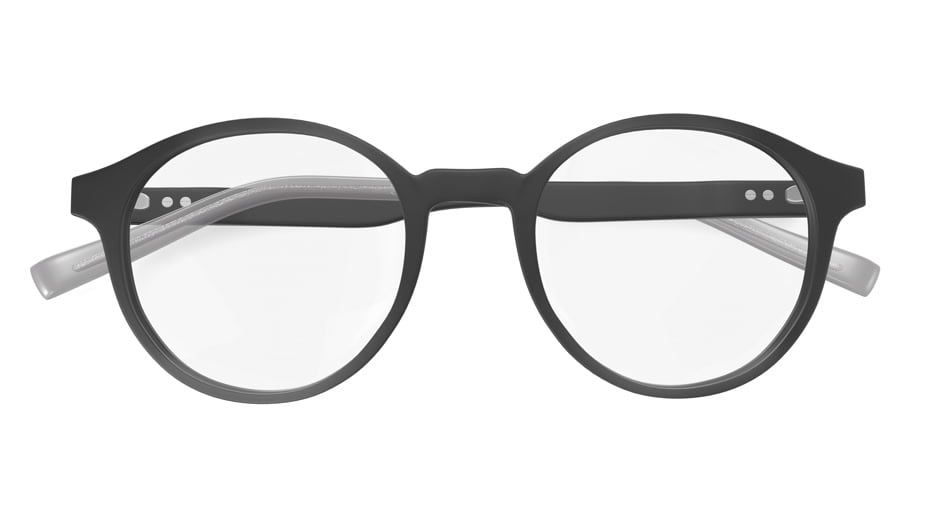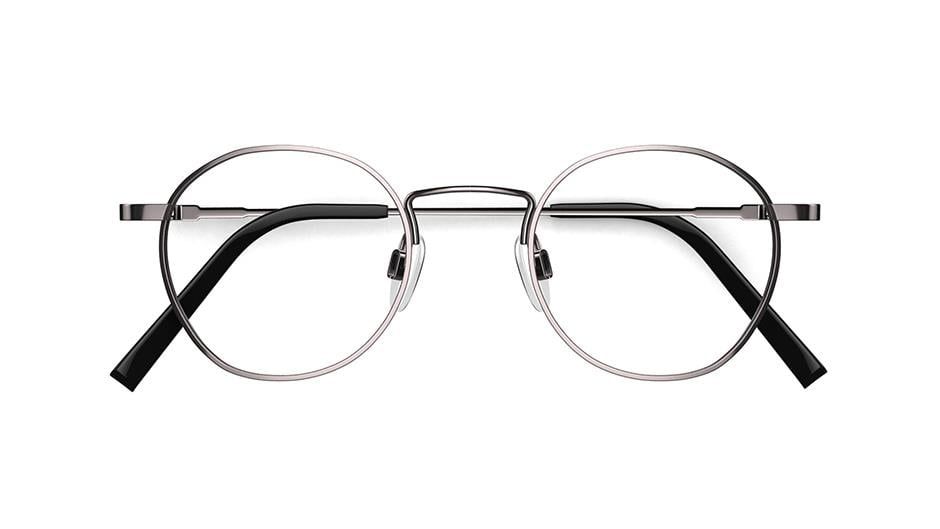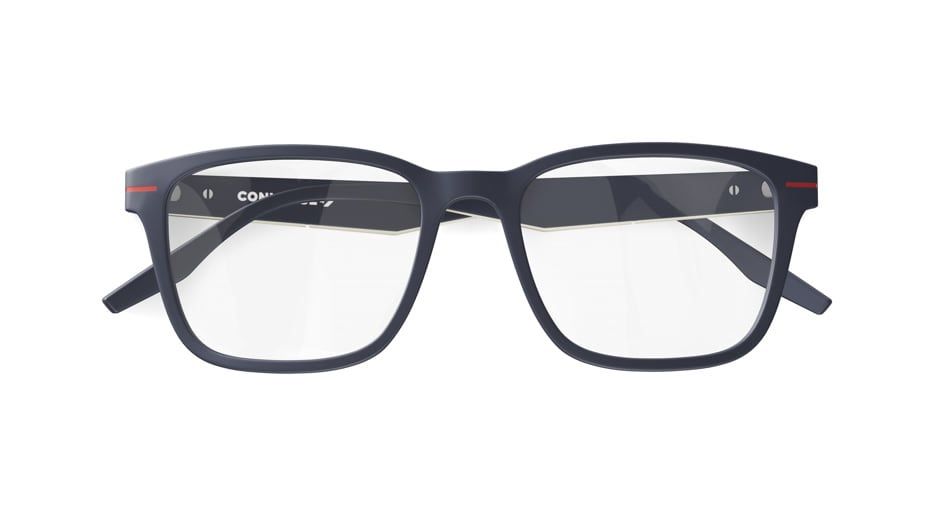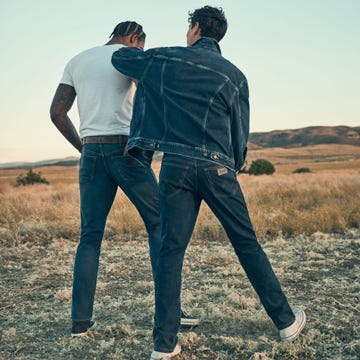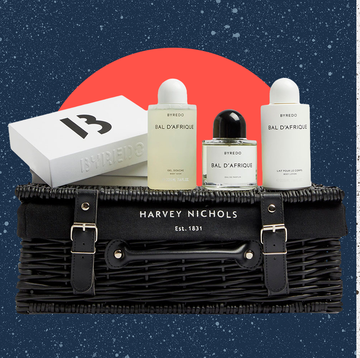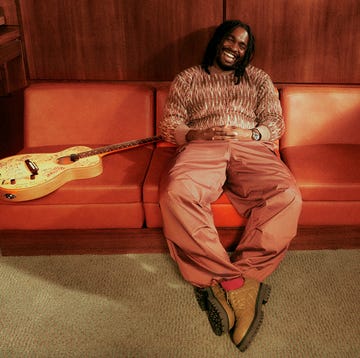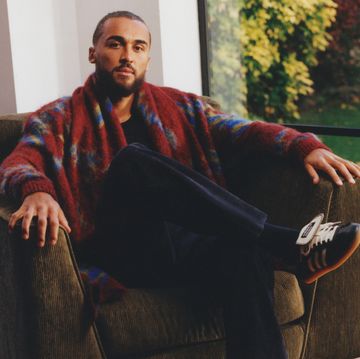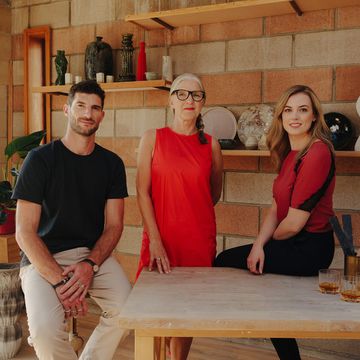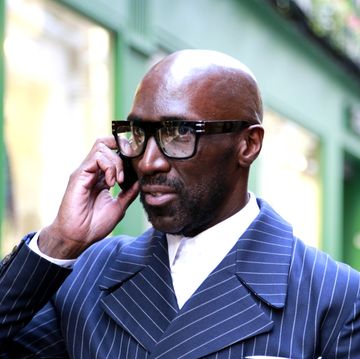The right glasses change not just how well you can see, but the way you are seen. Thick-rimmed tortoiseshell? Dashing and debonair, with an effortlessly elevated aesthetic. Jewel-toned aviator-style frames? Someone who knows his Wales Bonner from his Bass Weejuns, and isn’t afraid to experiment.
As someone who’s worn glasses most of his life, I can tell you that the best way to find the perfect pair is through trial and error. Head to your nearest Specsavers — or use this virtual try-on tool (with glasses curated by the Esquire team) — and try as many styles as you can. But before you do that, give yourself a head start by knowing what you should be on the lookout for.
Stay in your comfort zone
When choosing eyewear, stick to the same principles you would with anything else. If your wardrobe relies on classic staples, then your starting point should be quality frames in simple, traditional shapes. Look for details that elevate the look, like a keyhole bridge or metal rivets.
If your personal aesthetic is more playful, extend that vibe with more architectural styles. Fit is key here: the biggest mistake many of us make is wearing frames that sit too high on the nose, completely blocking the eyebrows, which can look a little uncanny.
Understand your face shape
Perhaps the most crucial thing to consider when choosing glasses is how the shape of the frames works with the shape of your face. If you aren’t 100 per cent sure of yours, sit yourself in front of a mirror and read on.
Square
Your face is roughly the same in width as it is in length, and — congratulations! — you’ve been blessed with a strong, defined jawline. You’ll likely suit round glasses, which are a nice contrast to angular features. Square or rectangular glasses might also work, but be careful of anything that makes your head look too boxy. Try a lighter colour like tortoiseshell rather than black for a softer outline.
Round
Square-like proportions, but without the square jaw. Again, it’s about balance: angular glasses can add definition to full cheeks, but that’s not to say that rounder frames are off the table. Aviator style frames à la Top Gun will likely be fine, David Hockney-esque circular frames less so.
Oval/Oblong
Longer than wide, with a rounded chin. Good news: your face should suit pretty much anything. Square, round, oversized — the opticians’ shop is your oyster. If you already feel that you’ve got a long face then avoid narrow rectangular glasses, which give the illusion of an even longer visage (often these things are in our own heads, but it makes sense to work with what we see in the mirror). Instead, you could try a pair of clubmaster-style glasses, which draw the eye across instead of down.
Diamond
Longer than wide, with prominent cheekbones that lead into a narrower jaw. Really, it's hard to go wrong with such chiselled features, but aviator-style frames with a teardrop shape (which dips down onto the cheek) are a good way of highlighting those cheekbones.
Triangle/Heart
If your forehead is noticeably broader than your chin then it’s worth paying close attention to the brow line (the shape made by the top of your frames). Anything too straight will exaggerate the shape of your face, so choose softer frames that will place the attention on those handsome features of yours.
By far the simplest way of finding the right pair of glasses is to visit Specsavers, where you’ll find a broad edit of frames at a range of price points, and experts who can help you select the perfect style. Or, check out Specsavers' virtual try-on tool, with a stylish edit of frames curated by Esquire.
